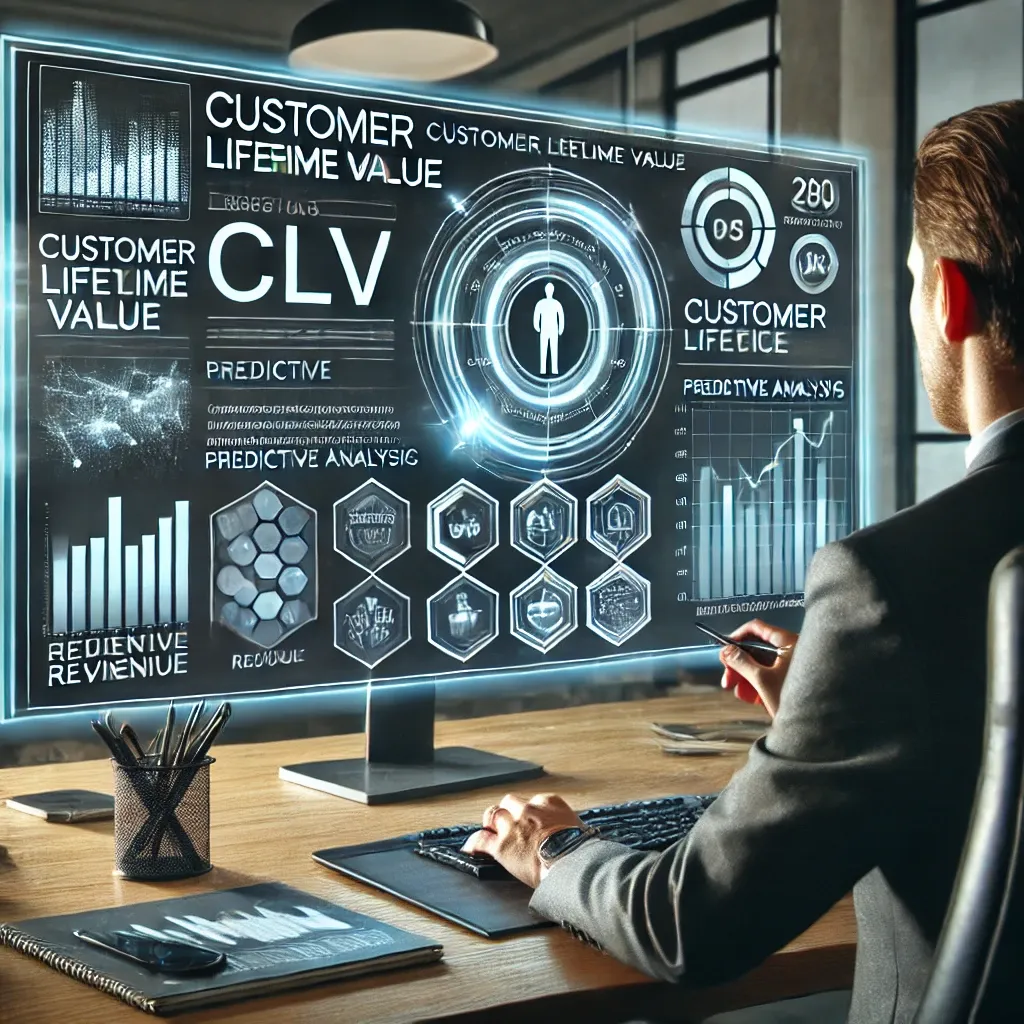Measuring Customer Lifetime Value (CLV)

Understanding the Lifetime Value of a Customer (CLV) is a cornerstone for businesses aiming to grow sustainably. CLV refers to the total revenue a business can expect to generate from a single customer throughout their relationship. Accurately measuring this value helps businesses refine their strategies for retention, acquisition, and growth.
What Is Customer Lifetime Value?
CLV is the projected revenue that a customer will generate over the duration of their relationship with your business. This metric is vital for understanding the financial value of customer relationships and making informed business decisions.
How to Calculate CLV
The calculation involves multiplying the average purchase value by the average purchase frequency and the average customer lifespan. For instance:
Example: If you run a gym where a member pays $100 per month and stays for 36 months, the CLV is calculated as follows:
CLV = $100 x 36 months = $3,600
By identifying this value, you can strategise on increasing the customer lifespan to, say, 48 or 60 months, which would boost the CLV.
Repeat Business vs. Referral Business
CLV is influenced by whether your business primarily depends on repeat or referral customers.
Repeat Business: This occurs when customers return to purchase repeatedly. For example, a coffee shop relies on frequent repeat visits.
Referral Business: For industries like solar panel installation, where repeat purchases are rare, referral business is crucial. The emphasis here shifts to customer satisfaction and word-of-mouth marketing.
Example:
- A solar panel company may spend $1,000 on advertising to acquire a single customer. If that customer refers three others, the cost per acquisition becomes more sustainable.
- In a school, a student’s tenure might span 12 to 14 years. Advertising costs are recouped over the student’s long-term enrolment, lowering the cost per acquisition.
Cost of Customer Acquisition (COCA)
COCA measures the total cost of acquiring a new customer. This includes expenses on sales, marketing, and advertising. The formula is:
COCA = (Sales Cost + Advertising Cost) / Number of New Customers Acquired
Balancing COCA with CLV ensures long-term profitability. If COCA exceeds the CLV, the business model becomes unsustainable.
Retention vs. Attrition Rates
During economic downturns or competitive markets, retaining customers becomes critical. Retention efforts are often more cost-effective than acquiring new customers.
Customer Retention Rate
Retention rate measures the percentage of customers retained over a given period. Strategies to improve retention include:
- Exceptional Customer Service: Quick resolutions and personal attention can build trust.
- Product Quality Enhancements: Continuously improving offerings ensures customer satisfaction.
- Targeted Marketing Campaigns: Regular engagement keeps customers informed and connected.
- Proactive Support: Anticipating and addressing customer needs fosters loyalty.
Customer Attrition Rate
The attrition rate indicates the percentage of customers lost during a specific timeframe. Calculating attrition involves dividing the number of customers lost by the total customers at the beginning of the period.
The Five Stages of Customer Evaluation
Businesses can categorise customers into five distinct stages to better understand their behaviour and optimise their experience:
- New Customer: First-time buyers who are exploring your offerings.
- Repeat Customer: Customers who return for additional purchases.
- Loyal Customer: Long-term customers committed to your brand.
- Promoter: Loyal customers who actively refer your business to others.
- Advocate: Devoted customers who remain supportive even if challenges arise.
Conclusion
Understanding and optimising Customer Lifetime Value is essential for business success. By focusing on increasing customer retention, leveraging repeat and referral business, and ensuring a balanced COCA, businesses can achieve sustainable growth. Employing strategies tailored to the specific stages of customer engagement will not only improve financial outcomes but also enhance customer satisfaction and brand loyalty.
